Home>Furniture>Outdoor Furniture>How To Put Up A Hammock Without Trees
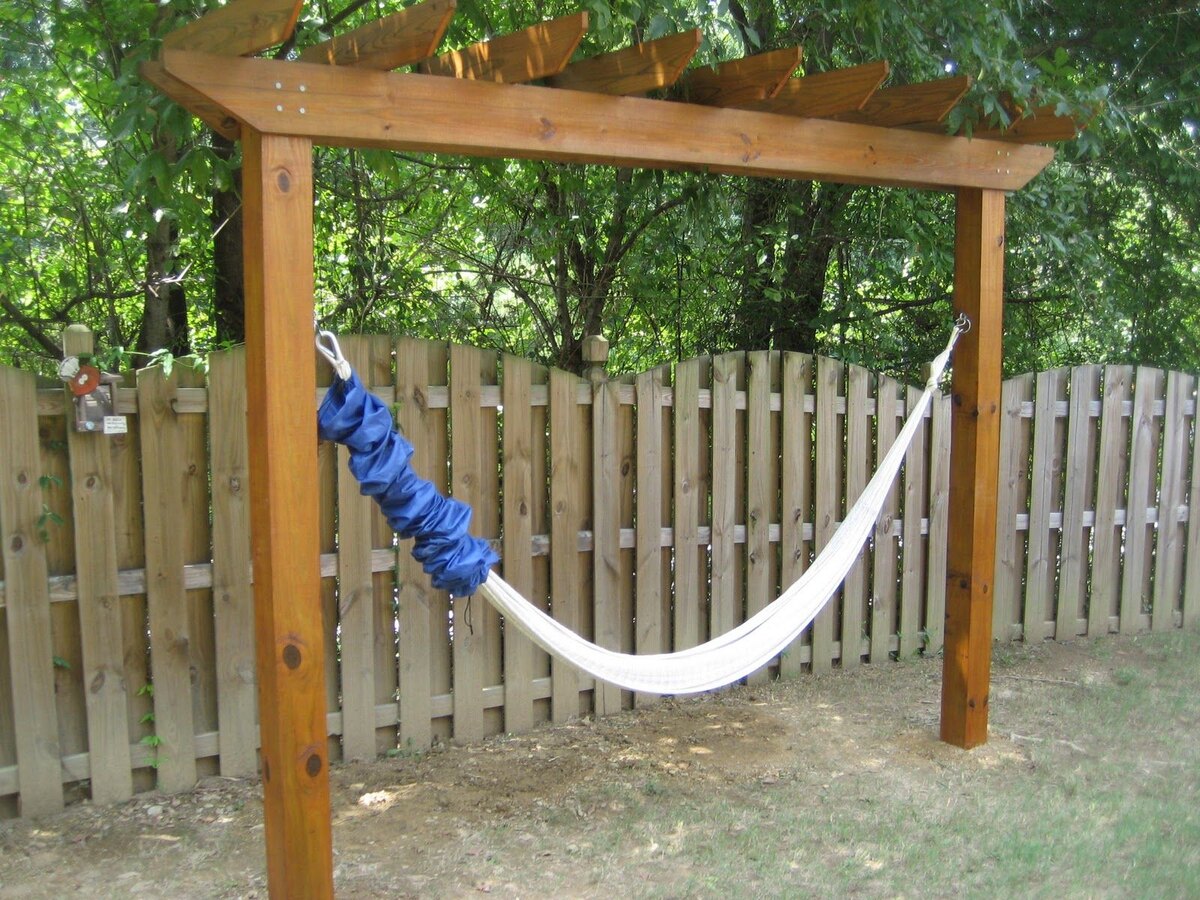

Outdoor Furniture
How To Put Up A Hammock Without Trees
Modified: October 28, 2024
Discover the best way to enjoy your outdoor space with our step-by-step guide on how to put up a hammock without trees. Explore durable and versatile outdoor furniture options for ultimate relaxation.
(Many of the links in this article redirect to a specific reviewed product. Your purchase of these products through affiliate links helps to generate commission for Storables.com, at no extra cost. Learn more)
Introduction
There’s nothing quite as relaxing as lounging in a hammock, soaking in the sun and enjoying the great outdoors. But what if you don’t have any trees in your backyard? Don’t worry – there are still plenty of options for setting up a hammock and creating your own little oasis.
In this guide, we’ll explore different methods and techniques for putting up a hammock without trees. Whether you’re in a suburban area with limited trees or simply want more flexibility in choosing your hammock’s location, we’ve got you covered.
From using hammock stands to installing posts or poles, utilizing existing structures, or even resorting to a hammock frame, you’ll discover the perfect solution for your outdoor space. So, let’s dive in and explore the options!
Key Takeaways:
- Setting up a hammock without trees is easy! Use a hammock stand for quick and flexible setup, or install posts for a sturdy and natural-looking option. Get creative with existing structures or go for a portable hammock frame.
- No trees? No problem! Whether it’s a hammock stand, posts, existing structures, or a hammock frame, there are plenty of ways to create your own cozy oasis. Just pick the method that suits your space and enjoy the relaxation!
Read more: How To Put A Hammock On A Stand
Option 1: Using Hammock Stands
If you want a quick and hassle-free way to set up your hammock without trees, using a hammock stand is the perfect solution. Hammock stands are portable, easy to assemble, and provide sturdy support for your hammock.
First, choose a hammock stand that is suitable for your hammock’s size and weight capacity. Most hammock stands are adjustable and can accommodate different hammock lengths. Look for a stand that is made from durable materials such as steel or aluminum to ensure stability and longevity.
Once you have your hammock stand, assembly is typically straightforward. Follow the manufacturer’s instructions and use the included tools to secure the pieces together. Ensure that all connections are tight and secure to avoid any accidents or unexpected collapses.
After assembling the hammock stand, it’s time to attach your hammock. Begin by unfolding your hammock and laying it out flat near the stand. Depending on the type of hammock you have, you may need to use hammock straps or ropes to connect the hammock to the stand.
Attach one end of the hammock to one side of the stand, making sure to secure it tightly. Repeat the process for the other end of the hammock, ensuring that it is level and taut. Test the hammock by gently sitting or lying in it to ensure that it holds your weight and is properly anchored.
One of the advantages of using a hammock stand is that you have the flexibility to move it around as needed. If you want to bask in the sun on your patio in the morning and relax under a shaded area later in the day, simply reposition the hammock stand to your desired location.
When not in use, you can easily disassemble the hammock stand for storage or transportation. Most stands are designed to be compact and lightweight, making them convenient for camping trips, beach outings, or simply changing up your backyard setup.
Using a hammock stand is a fantastic option for those without trees or for individuals who want the freedom to move their hammock around. With the right hammock stand, you can create a serene and comfortable space anywhere you desire.
Option 2: Installing Posts or Poles
If you’re looking for a more permanent and natural-looking solution to hang your hammock without trees, installing posts or poles can be a great option. This method provides a sturdy and reliable support structure that blends seamlessly with your outdoor environment.
Before starting the installation process, you’ll need to gather the necessary materials. Consider using wooden or metal posts that are at least 8 feet in length, depending on the desired height of your hammock. Additionally, you’ll need concrete mix, a post hole digger, a level, and other basic tools.
Start by locating the ideal spot where you want to set up your hammock. Make sure to choose an area with enough open space and clearance for the hammock to swing freely without obstruction. Measure the distance between the two posts to ensure that it matches the length of your hammock.
Using the post hole digger, dig deep holes for each post with a diameter that allows for a stable and secure fit. The holes should be at least 2 feet deep to provide sufficient stability. If necessary, consult with a professional or local building authority for specific guidelines based on your location.
Once the holes are dug, place the posts into the holes and use a level to ensure they are perfectly vertical and align with each other. This step is crucial for the stability of your hammock setup. Consider bracing the posts temporarily with support beams or stakes to hold them steady during the installation process.
Next, carefully pour the concrete mix into each hole, following the manufacturer’s instructions. The concrete will provide a solid foundation, ensuring that the posts remain in place even during windy conditions or active hammock use.
Allow the concrete to dry and cure as directed. This may take a few days, so be patient and avoid putting any weight or strain on the posts during this time. Once the concrete has fully cured, you can proceed with attaching your hammock to the posts.
Using hammock straps, ropes, or chains, secure one end of the hammock to one post. Ensure that the attachment is strong and secure. Repeat the process for the other end of the hammock, making sure it is level and taut. Test the setup by gently sitting or lying in the hammock to ensure everything is properly anchored.
Installing posts or poles for your hammock provides a durable and aesthetically pleasing solution. This method allows you to enjoy your hammock for years to come while seamlessly integrating with your outdoor space.
Consider using a hammock stand, which is a portable and easy solution for hanging a hammock without trees. Look for a stand that is sturdy and can support the weight of the hammock and the person using it.
Option 3: Utilizing Existing Structures
If you don’t have trees or want to avoid the hassle of installing additional supports, utilizing existing structures in your outdoor space can be a creative and convenient way to hang your hammock. Whether it’s a sturdy pergola, a solid fence, or even the walls of your home, these structures can provide the perfect anchor points for your hammock.
Before you start setting up your hammock, assess the strength and stability of the structure you plan to use. Ensure that it can safely support your weight and the strain of the hammock. This is especially important for structures such as fences or walls, as they may not have been designed to bear the weight of a hammock.
If you have a pergola or gazebo with sturdy beams or rafters, these make excellent spots to hang your hammock. Use heavy-duty hooks or eye bolts to attach the hammock to the structure. Make sure to position the hooks or bolts securely in the beams to distribute the weight evenly and prevent any damage.
For fences or walls, you can utilize strong anchor points such as sturdy posts or brackets. Use appropriate hardware such as carabiners, S-hooks, or eye bolts to secure the hammock. Make sure the attachments are properly tightened and that the hammock is level and properly tensioned.
When utilizing existing structures, it’s important to consider the distance and height between the anchor points. Measure the span between the supports and ensure it matches the length of your hammock. Adjust the height of the hammock accordingly to achieve a comfortable and level position.
Always test the setup by gently sitting or lying in the hammock before fully relaxing or swinging. Ensure that the structure remains stable, and make any necessary adjustments to prevent any accidents or unexpected collapses.
Utilizing existing structures offers a convenient and visually appealing solution for hanging your hammock. It allows you to transform your outdoor space into a cozy oasis without the need for additional supports.
Remember to regularly inspect the condition of the structure and attachments to ensure they remain strong and secure. With the proper care and maintenance, you can enjoy the tranquility and relaxation of your hammock for years to come.
Option 4: Using a Hammock Frame
If you don’t have trees or any structures to hang your hammock from, or if you prefer a more versatile and portable option, using a hammock frame is an excellent choice. A hammock frame is a standalone structure that provides a stable and convenient support system for your hammock.
When choosing a hammock frame, look for one that is specifically designed for hammocks. These frames are typically made from sturdy materials such as metal or wood, and they come in various sizes and styles to accommodate different hammock types.
Setting up a hammock frame is usually a straightforward process. Most frames are designed for easy assembly and disassembly, allowing you to quickly set up and take down your hammock as needed. Follow the manufacturer’s instructions and use the included tools to assemble the frame.
Once the frame is assembled, ensure that it is positioned on a flat and stable surface. This could be your backyard, a patio, or even indoors. Make sure there is enough space around the frame for the hammock to swing freely without any obstructions.
Attach your hammock to the frame using the provided hooks or carabiners. Ensure that the hammock is securely fastened, and check for proper tension. Adjust the height and position of the hammock on the frame for maximum comfort.
One of the key advantages of using a hammock frame is the portability it offers. You can easily move the frame to different locations, allowing you to enjoy your hammock in various settings. Whether you want to relax under the shade of a tree, enjoy the sunset by the beach, or simply move your hammock indoors during bad weather, a hammock frame gives you the flexibility to do so.
When not in use, you can disassemble the frame for compact storage or transportation, making it ideal for camping trips, picnics, or any outdoor adventures. Ensure that all the components are properly stored and protected to maintain their longevity.
Using a hammock frame provides a convenient and versatile solution for hanging your hammock without the need for trees or structures. It allows you to create your own cozy spot for relaxation wherever you desire.
Remember to regularly inspect and maintain the frame to ensure that it remains in optimal condition and provides a safe and sturdy support for your hammock. With a hammock frame, you can enjoy the comfort and serenity of your hammock anytime, anywhere.
Conclusion
While trees may be the most popular choice for hanging hammocks, they are not the only option. Whether you don’t have trees in your outdoor space or simply want more flexibility in choosing your hammock’s location, there are several alternative methods you can use to set up your hammock.
Using hammock stands provides a quick and convenient solution. With a variety of adjustable stands available, you can easily set up your hammock anywhere without the need for trees or other structures. Hammock stands also offer the advantage of portability, allowing you to move your hammock as desired.
If you’re looking for a more permanent option, installing posts or poles can provide a sturdy and natural-looking support system for your hammock. Make sure to choose sturdy materials and follow proper installation techniques for the best results.
Utilizing existing structures such as pergolas, fences, or walls can be a creative and space-saving way to hang your hammock. However, ensure that the structures are sturdy enough to support the weight and strain of the hammock.
For those who prefer versatility and portability, using a hammock frame offers a convenient solution. These standalone structures are designed specifically for hammocks and allow you to set up your hammock in various locations, both indoors and outdoors.
Regardless of the method you choose, always prioritize safety and proper installation. Regularly inspect your setup to ensure it is secure and stable. Remember, the goal is to create a relaxing and comfortable outdoor space that you can enjoy with peace of mind.
So, whether you’re setting up your hammock in a small backyard, on a patio, or even during a camping trip, don’t let the absence of trees deter you. Explore the alternatives and find the best solution that fits your needs and preferences.
With a little creativity, resourcefulness, and the right equipment, you can create a tranquil oasis anywhere and enjoy the blissful experience of lounging in a hammock.
Frequently Asked Questions about How To Put Up A Hammock Without Trees
Was this page helpful?
At Storables.com, we guarantee accurate and reliable information. Our content, validated by Expert Board Contributors, is crafted following stringent Editorial Policies. We're committed to providing you with well-researched, expert-backed insights for all your informational needs.
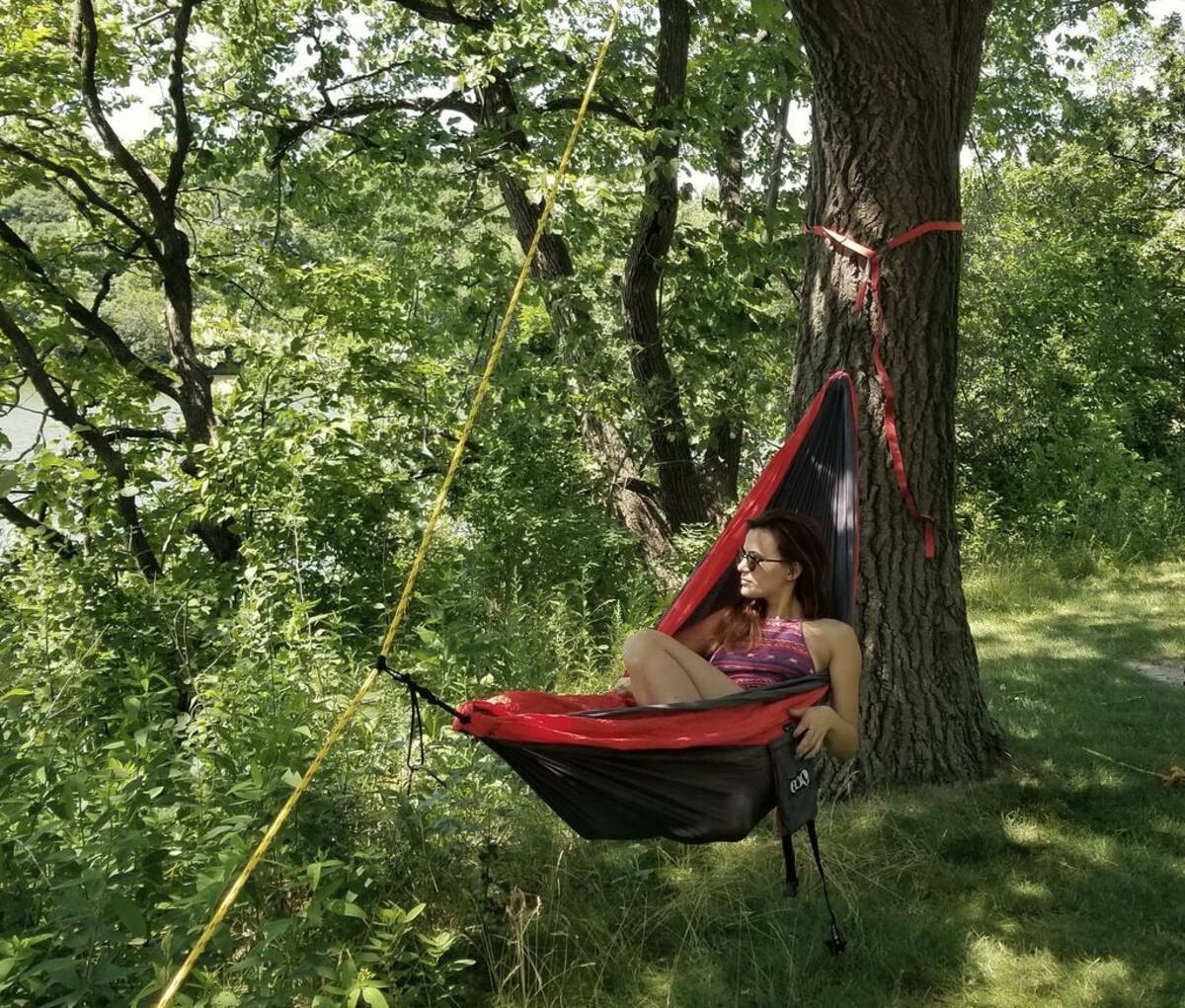

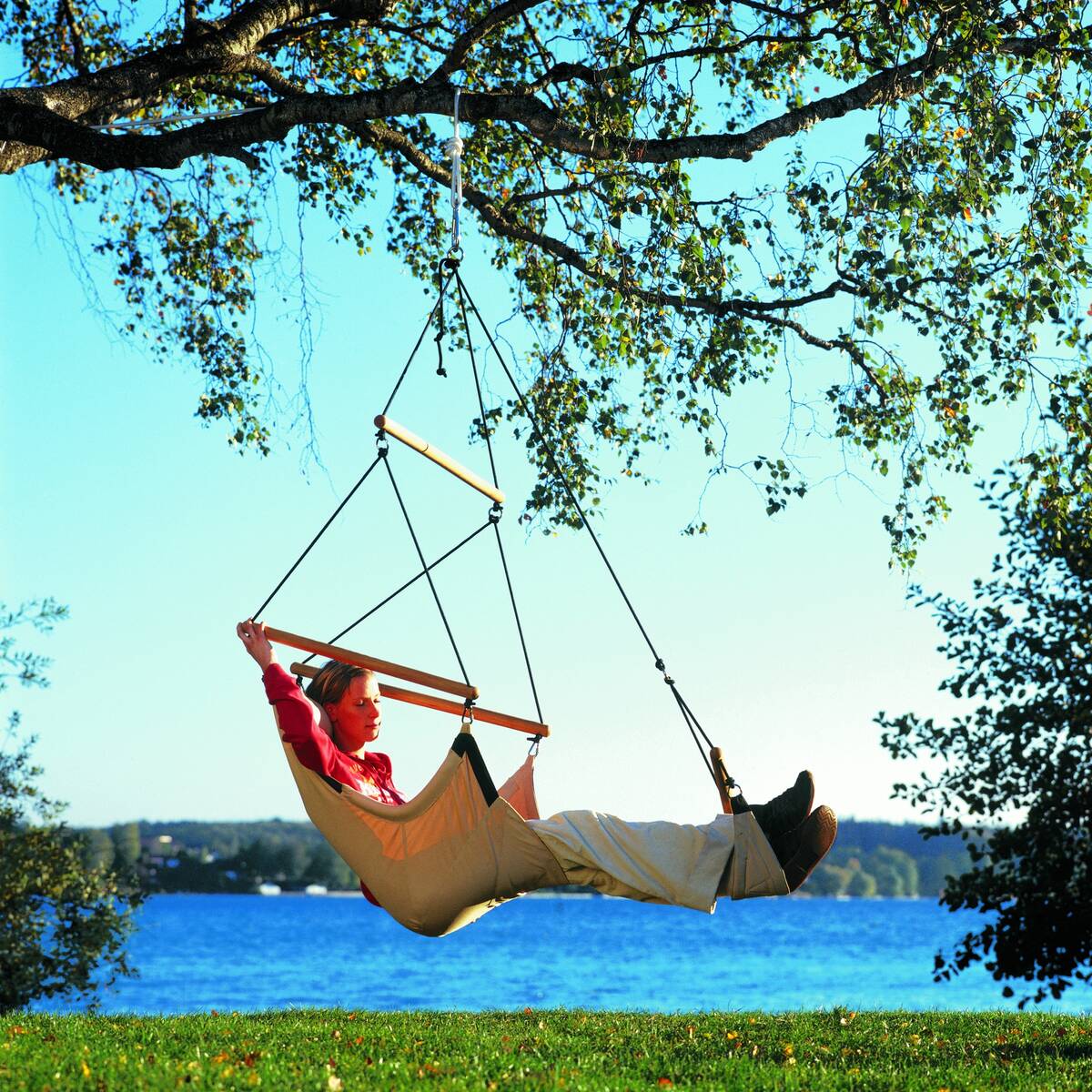


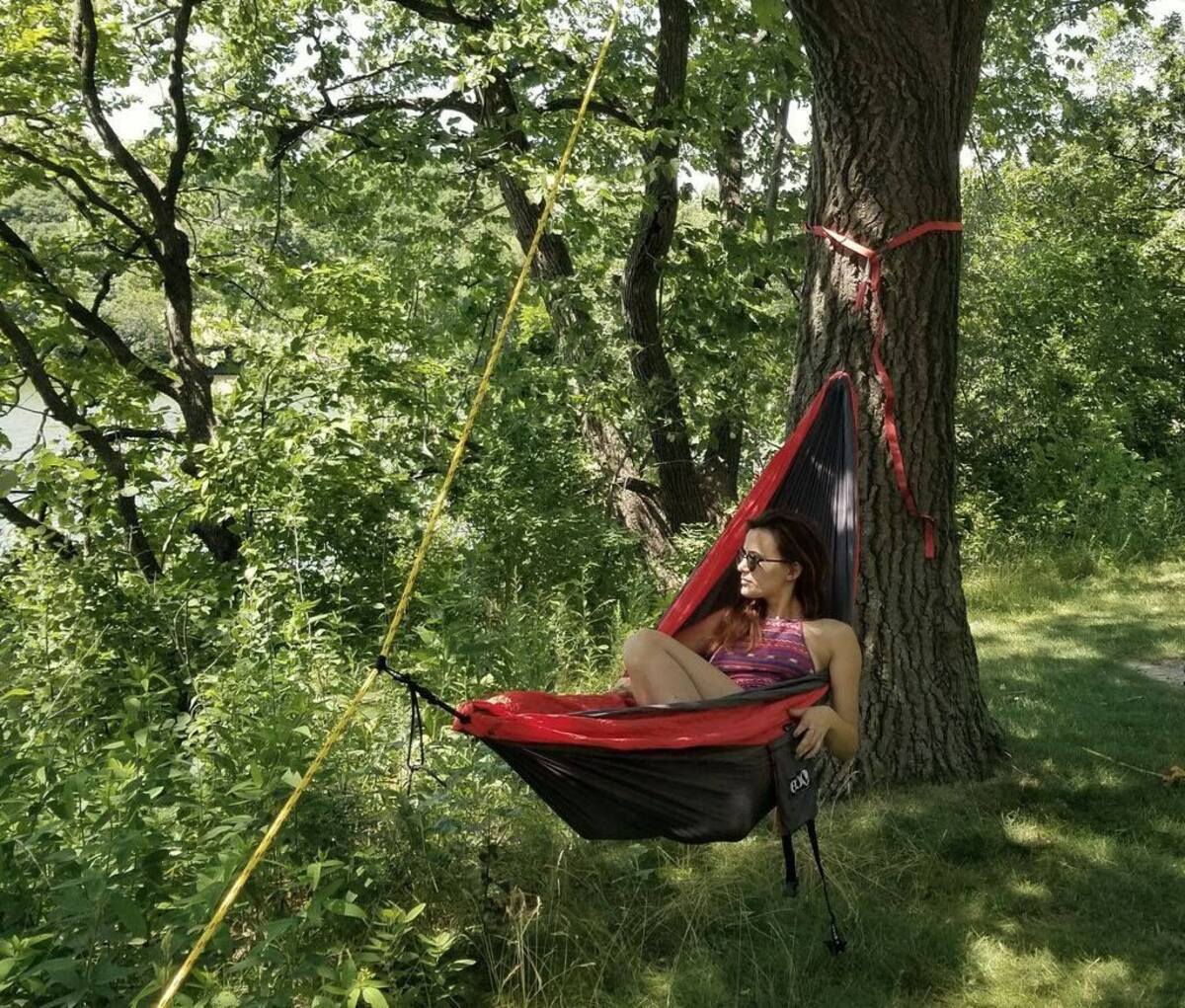






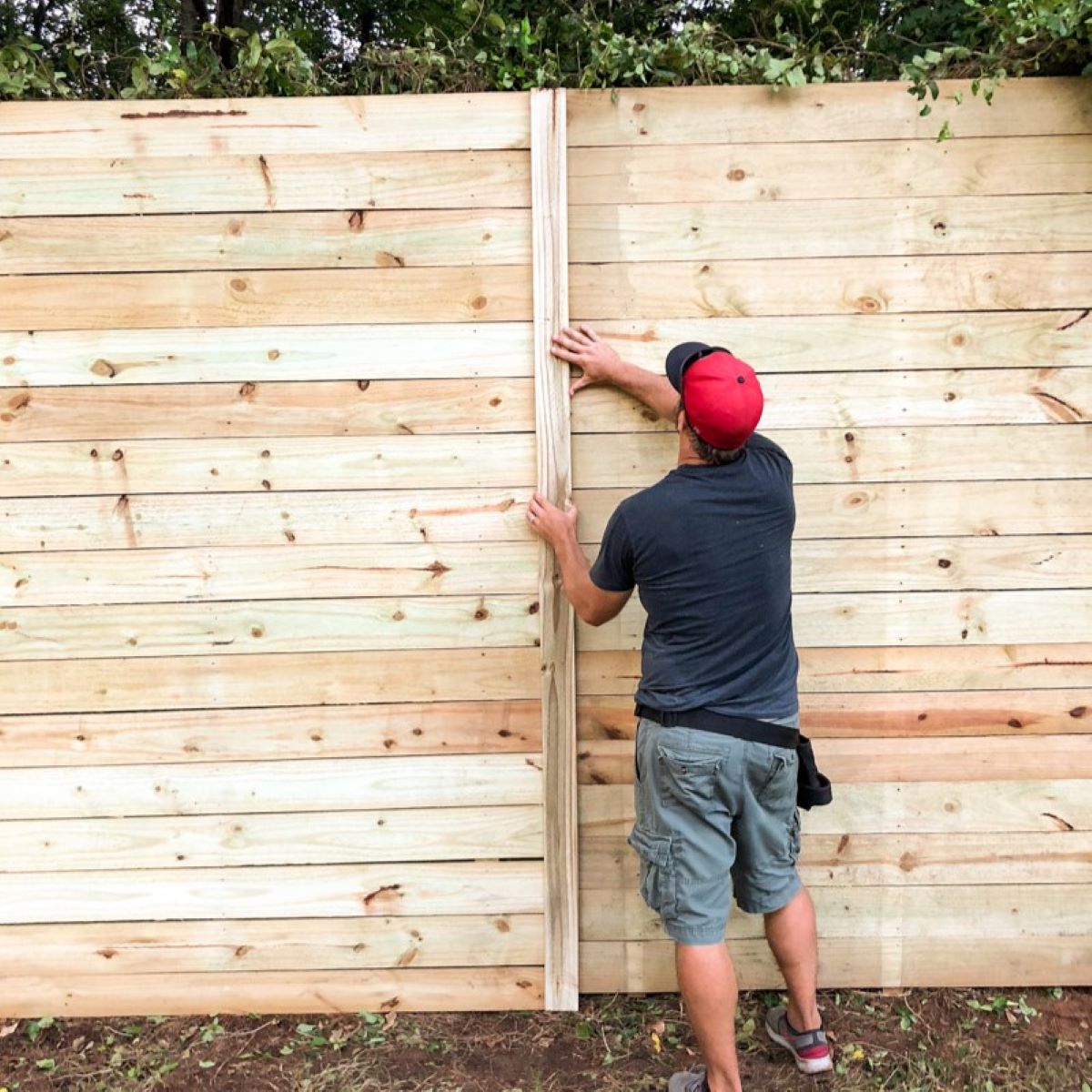


0 thoughts on “How To Put Up A Hammock Without Trees”